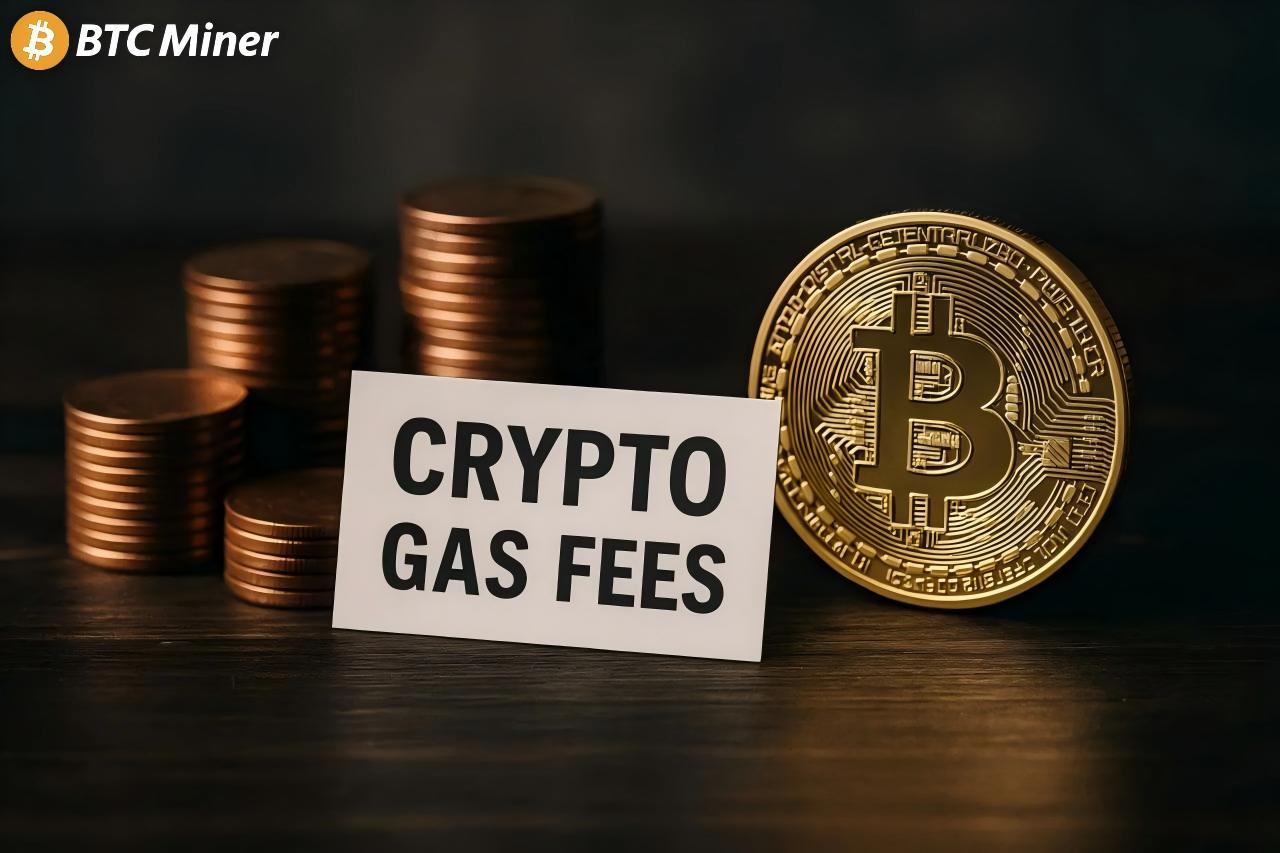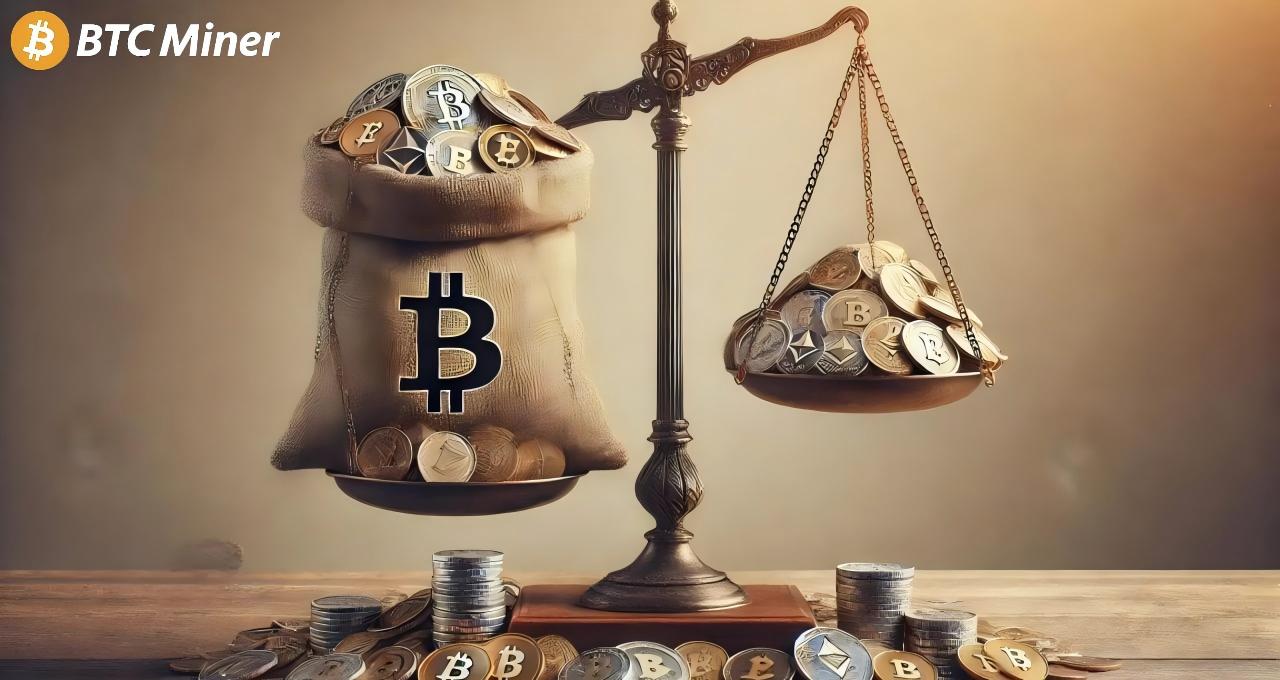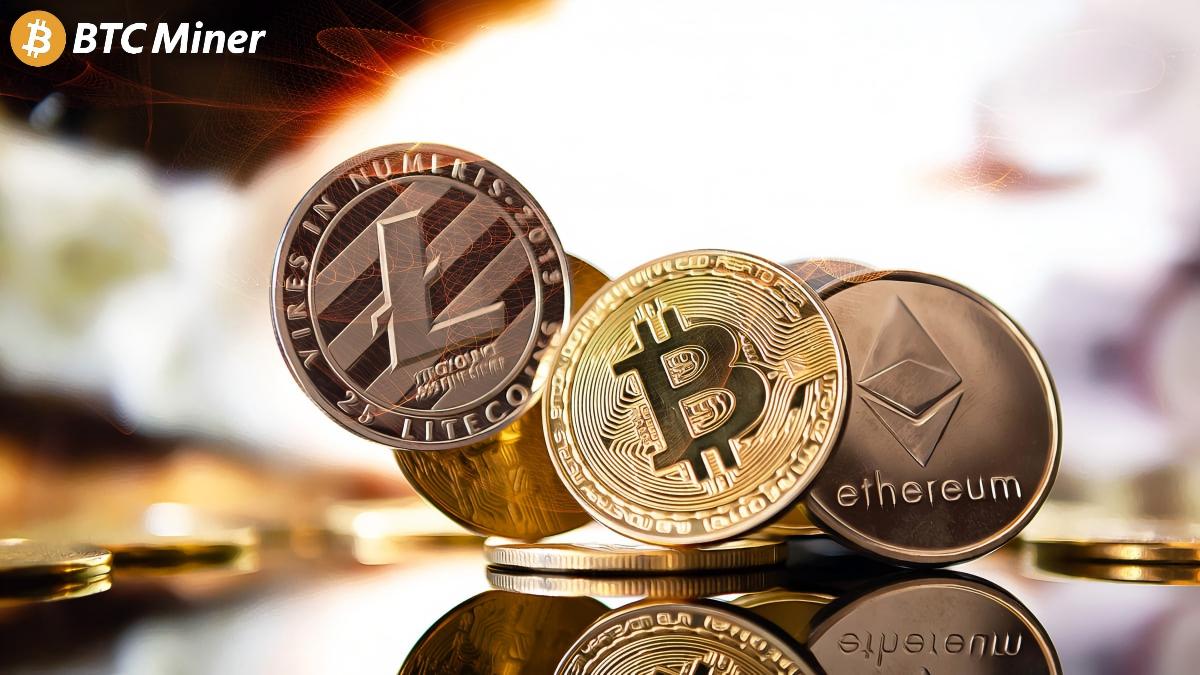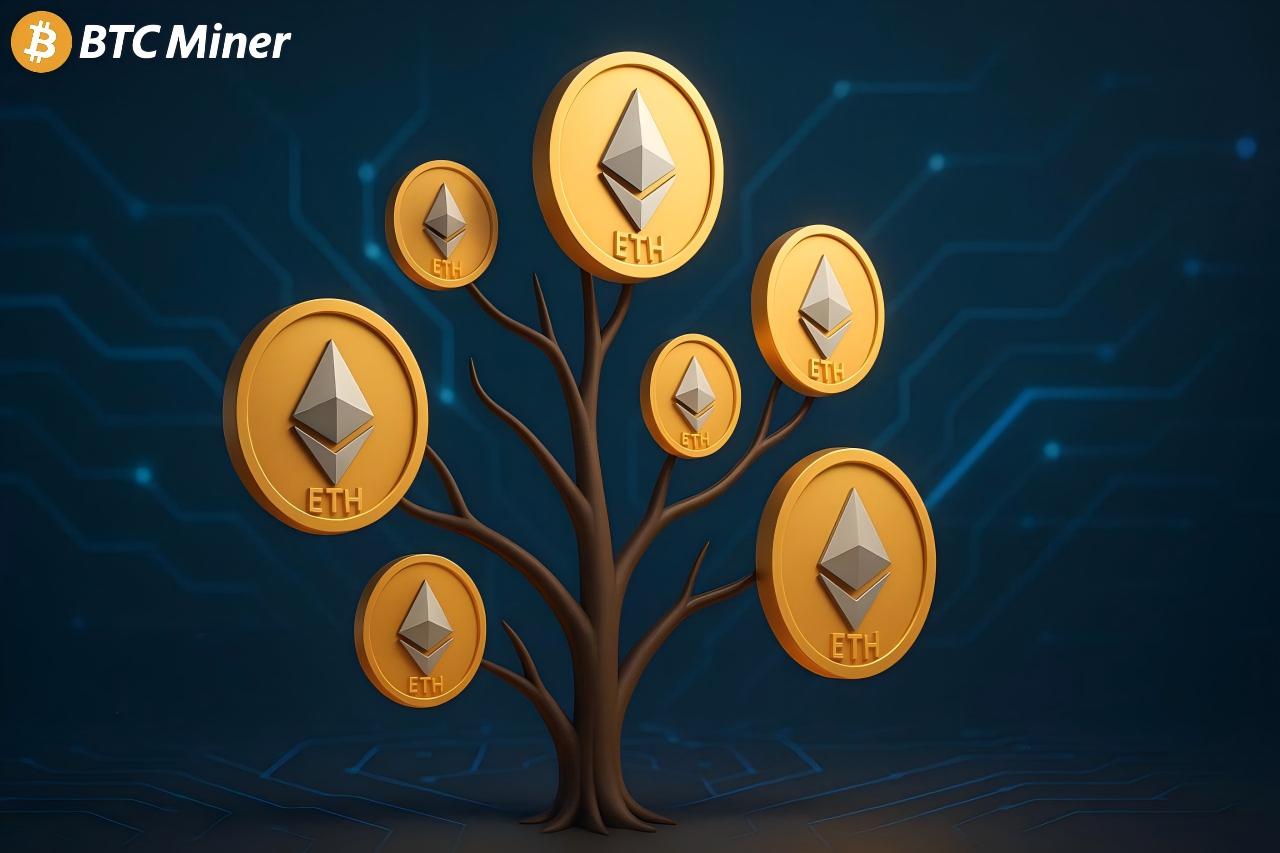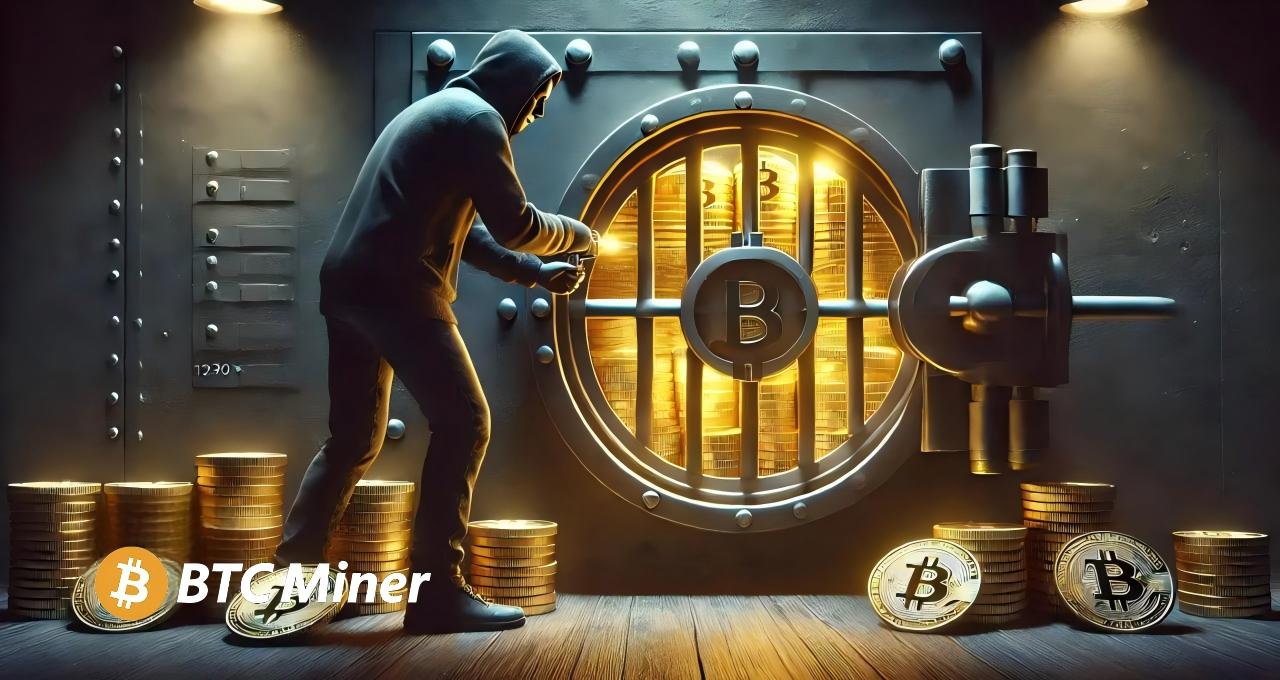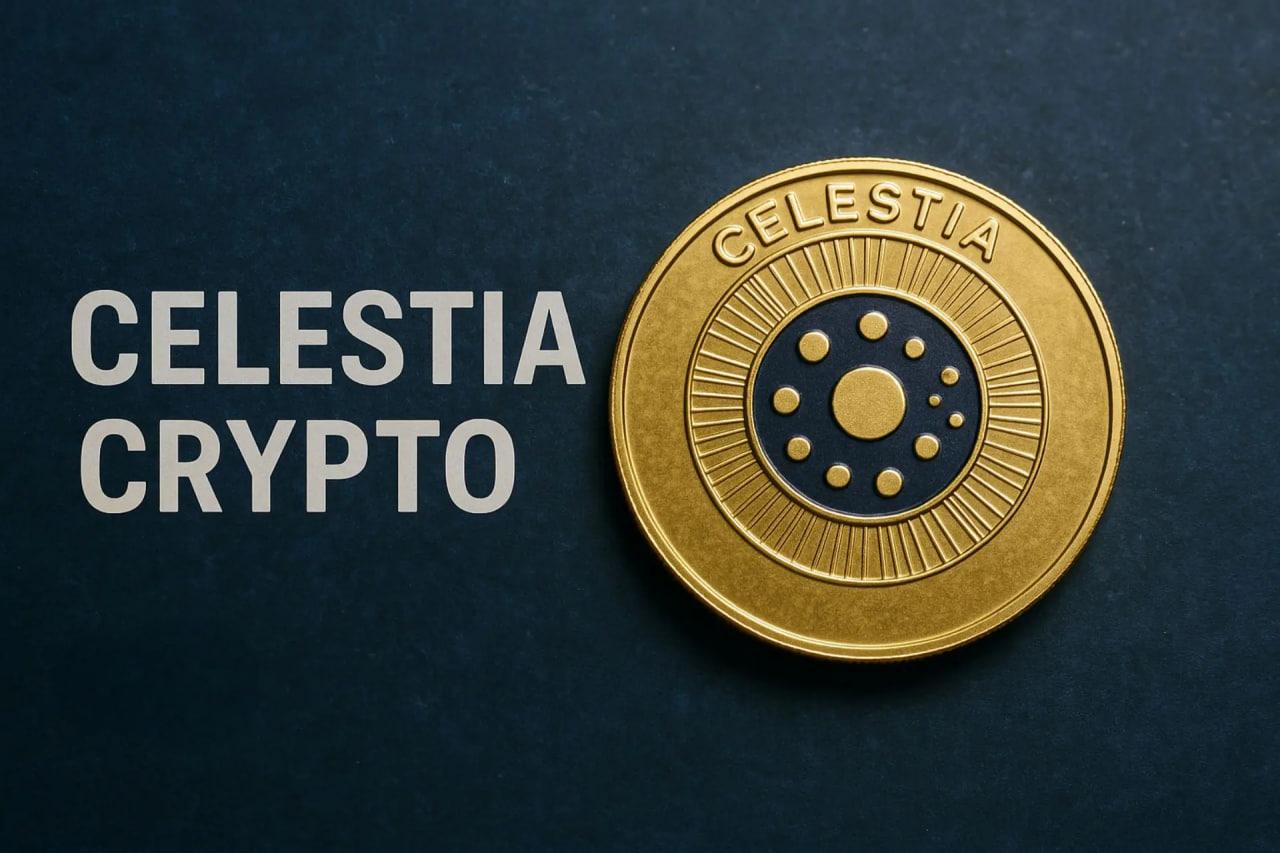Welcome to BTC Miner – your trusted blockchain mining assistant, ushering in a new era of smart mining with a 5% first deposit bonus and up to 9% referral bonuses, all of which can be withdrawn or used to purchase mining contracts.
In Japan, approximately 5% of the population—over 6 million people—are actively investing in cryptocurrency assets. While this figure might seem modest on a global scale, ongoing economic shifts such as yen depreciation and a declining stock market are driving more people to explore crypto as a new financial avenue.
According to Statista, global cryptocurrency adoption continues to rise steadily, with over 560 million crypto users worldwide as of early 2025, reflecting nearly a 35% year-over-year growth compared to 2024. Ethereum (ETH) remains the second-largest blockchain by market capitalization, consistently processing over 1.3 million transactions per day.
Recently, global attention has surged toward meme tokens like TRUMP, associated with former U.S. President Donald Trump. The token has gained immense traction across platforms like X (formerly Twitter) and Yahoo Japan News. As a result, new investors are increasingly searching terms like “best altcoins” or “potential cryptocurrencies.” Emerging tokens such as Solaxy, which raised over $52 million during its presale, and Bitcoin Hyper, designed to address Bitcoin’s scalability limitations, are capturing growing attention.
However, for newcomers entering this space, one often unexpected hurdle is understanding gas fees—a concept that frequently confuses users when attempting their first Ethereum transaction. Since these fees fluctuate over time and depend on network demand, many ask: What exactly are gas fees? Why do they vary so much?
What Are Gas Fees in Ethereum?
When using a cryptocurrency wallet like MetaMask to execute transactions on the Ethereum blockchain, you’ll often encounter a notification such as:
“Gas Fee: 0.003 ETH.”
In simple terms, this gas fee is the transaction cost required to perform operations on the blockchain.
Essentially, gas fees compensate miners or validators for processing and verifying transactions. For example, when sending ETH to another wallet, your transaction needs to be validated and added to the blockchain ledger. This process consumes computing power, provided by validators who are rewarded with gas fees for their resources.
Since Ethereum operates as a decentralized system without a central authority, it relies on a network of distributed contributors. The gas cost you see represents the price of utilizing their computational resources.
Ananya Deshmukh, a blockchain researcher at Web3 Research Group, explains:
“Gas fees are an essential component of the Ethereum ecosystem. They ensure validators are fairly compensated, while maintaining the network’s security and decentralization.”
Why Do Ethereum Gas Fees Change?
Even after understanding the necessity of gas fees, their dynamic pricing can feel frustrating. There are three primary reasons why gas costs fluctuate:
1. Network Congestion
When Ethereum network activity surges, many users compete to have their transactions processed quickly. Those willing to pay higher gas fees receive priority processing, driving up the overall average gas price. This often occurs during peak periods such as NFT drops or major token launches.
In 2025, Ethereum’s average gas fees can still spike to over 80 gwei during busy periods, despite stabilization from the EIP-1559 upgrade and growing adoption of Layer 2 solutions.
Hugo Lin, CTO at LayerScale, comments:
“One of Ethereum’s biggest challenges is scalability. Until Layer 2 solutions become the default, users will continue to feel cost pressure during peak times.”
2. Transaction Complexity
Not all blockchain operations are created equal. Sending ETH is relatively simple. In contrast, deploying a smart contract or interacting with complex DeFi applications requires significantly more computation. These intricate operations consume more gas, raising the total gas cost.
3. How Gas Fees Are Calculated
Ethereum gas fees are calculated using the formula:
Gas Fee = Gas Limit × Gas Price
-
Gas Limit: The maximum amount of work units allowed for a transaction.
-
Gas Price: The fee you’re willing to pay per unit of work, usually denominated in gwei (1 gwei = 0.000000001 ETH).
Ethereum transactions also include:
-
Base Fee: A minimum fee required for any transaction.
-
Priority Fee (Tip): An optional fee to incentivize faster processing.
Think of it like fueling a car: the longer the journey (higher gas limit), and the higher the fuel price (gas price), the more expensive the trip. Ethereum transactions work similarly.
How to Reduce Ethereum Gas Fees
High gas fees can make Ethereum transactions expensive, especially during congested periods. Fortunately, there are practical ways to reduce costs:
1. Transact During Off-Peak Hours
Since gas prices fluctuate with network demand, performing transactions late at night or during periods of low activity can lower gas costs. Online gas trackers can help monitor real-time congestion levels.
2. Use Layer 2 Networks
Layer 2 protocols process transactions off the Ethereum mainnet, offering cheaper alternatives. Networks like Solaxy are specifically designed to minimize fees while enhancing transaction speed, even under high load.
By early 2025, Layer 2 adoption has surged over 170% year-on-year, with Arbitrum and Optimism collectively handling over 40% of Ethereum’s total transaction volume.
Carla Yuen, Chief Engineer at ChainBridge Labs, highlights:
“Layer 2 networks are no longer optional—they’re essential for making Ethereum accessible to the next billion users.”
3. Customize Gas Fees Manually
Most wallets allow manual adjustment of gas settings. If your transaction isn’t urgent, you can reduce the gas limit or set a lower priority fee to save costs. However, be cautious—setting fees too low might delay or even fail your transaction.
Final Thoughts
Understanding gas fees is a fundamental step for anyone venturing into the world of cryptocurrency. While initially confusing, they are simply the operating costs of interacting with decentralized networks like Ethereum.
By grasping how gas fees are calculated and influenced by network activity, users can better control their spending. Innovations like Layer 2 solutions, optimized wallets, and smarter transaction timing empower users to engage with Ethereum without excessive fees.
As of 2025, Ethereum continues to dominate in developer activity and smart contract utilization, powering nearly 70% of all active Web3 applications. Mastering gas fees will ensure that both new and seasoned investors can navigate the blockchain landscape more efficiently and cost-effectively.
Recent Blog Posts
Useful Links
17 Whitworth Drive, Randlay, Telford, Shropshire, TF3 2NN

Start your mining journey with BTC Miner—no technical background required, no expensive equipment required. Just register an account and start mining within a few seconds to enjoy a safe, efficient and stable intelligent experience, helping you easily earn passive income.
 © 2025 BTC Miner All rights reserved
© 2025 BTC Miner All rights reserved

Start your mining journey with BTC Miner—no technical background required, no expensive equipment required. Just register an account and start mining within a few seconds to enjoy a safe, efficient and stable intelligent experience, helping you easily earn passive income.
17 Whitworth Drive, Randlay, Telford, Shropshire, TF3 2NN
 © 2025 BTC Miner All rights reserved
© 2025 BTC Miner All rights reserved
